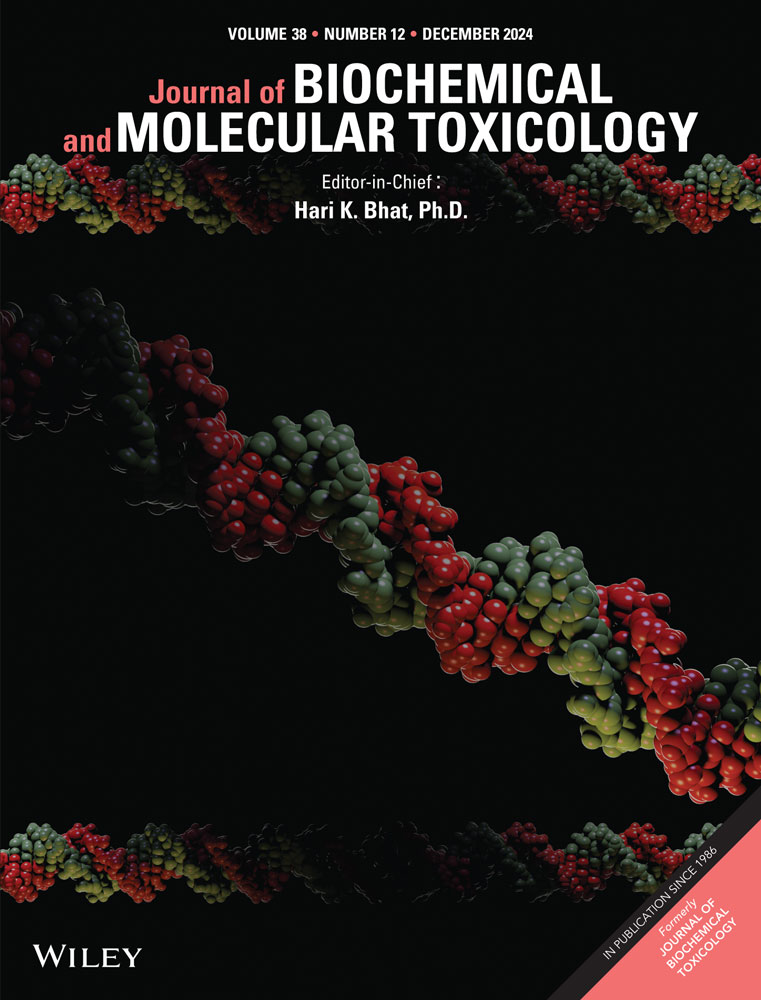Taurine and Neuroprotection: A Potential Shield Against Methylglyoxal-Induced Toxicity in SH-SY5Y Cells
Abstract
Methylglyoxal (MG) is thought to have harmful effects on Alzheimer's disease (AD). On the other hand, taurine demonstrates promising potential for treating AD. Therefore, we examined the neuroprotective properties of taurine against MG in the SH-SY5Y cells. We used the MTT assay to evaluate the effects of taurine (0.5, 1, and 1.5 mg/mL) and MG (1200 and 2400 μM) on SH-SY5Y cell viability. We measured the expression of interleukin (IL)-6, IL-17, and IL-1β in the target cell line after treatment with MG and taurine. Following the treatment of SH-SY5Y cells with MG and taurine, we evaluated the expression levels of microRNA (miRNA)-101a, miRNA-137, miRNA-222, and miRNA-29c genes using real-time PCR. Furthermore, the Neurogenesis Plus RT² Profiler PCR array was utilized to identify the expression of genes associated with neurogenesis. The survival results indicated that increasing taurine concentrations reduces the toxicity of MG in SH-SY5Y cells. Treatment of SH-SY5Y cells with taurine + MG decreased the expression levels of IL-6, IL-17, and IL-1β compared to those treated with MG (p < 0.05). Treatment with taurine led to increased expression of miRNA-101a, miRNA-137, miRNA-222, and miRNA-29c, with the highest levels observed at a concentration of 1 mg/mL (p < 0.001). The results showed that when SH-SY5Y cells are exposed to MG (2400 μM) + taurine (1.5 mg/mL), genes SHH, BMP2, ERBB2, NEUROG2, BDNF, POU3F3, PARD3, PAX3, NR2E3, NRP2, CXCL1, and EGF had a significant increase (p < 0.005). Taurine protects SH-SY5Y cells from MG-induced toxicity by enhancing cell viability, reducing inflammation, upregulating genes associated with neurogenesis, and upregulating specific miRNAs. This suggests taurine's potential as a therapeutic agent for conditions like AD. However, further in vivo studies and clinical trials are necessary to validate the therapeutic potential of taurine for AD.

 求助内容:
求助内容: 应助结果提醒方式:
应助结果提醒方式:


